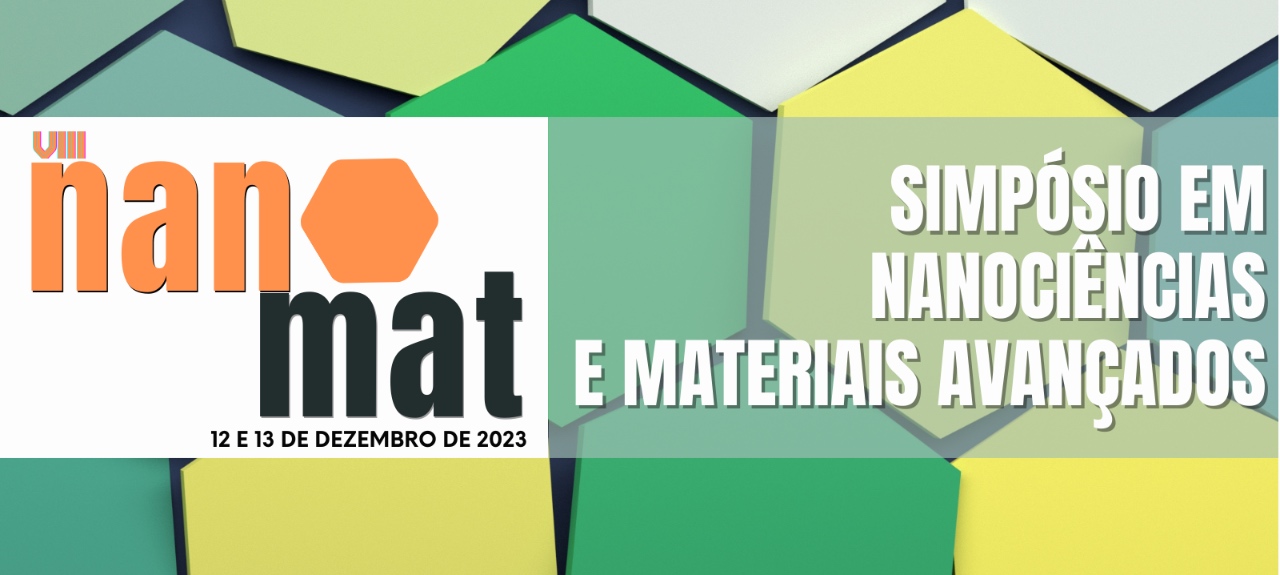Recent advances in perovskite solar cells and supercapacitors

Gabriel L. Nogueira1, Hugo G. Lemos1, Jessica H. H. Rossato1, Silvia L. Fernandes2, João Pedro F. Assunção1, João V. M. Lima1, Carlos F.O. Graeff1
São Paulo State University (Unesp), School of Sciences, Department of Physics and Meteorology, Bauru, SP, 17033-360, Brazil1; Oninn, Belo Horizonte, MG, 31035-536, Brazil2 Email: carlos.graeff@unesp.br
The growing demand for energy in modern society has driven the development of alternative energy conversion and storage technologies. Our research group is interested in solar energy, with a focus on perovskite solar cells (PSCs), as well supercapacitors. In this review, we will discuss our ongoing research on the development of materials for improving PSCs and supercapacitors. Specifically, the incorporation of two-dimensional (2D) materials and/or oxide semiconductor layers has been shown to enhance the performance of these devices. Our work on PCSs involves the development of ETLs that are suitable for the double-cation mixes halide perovskite film (Cs0.17FA0.83Pb(I0.83Br0.17)3). For example, we developed Nb2O5 layers to act as ETL that resulted in power conversion efficiency (PCE) of approximately 17% and 18% when deposited via sputtering or spin-coating deposition, respectively. We achieved enhanced performance and stability after adding Ti3C2Tx MXene into a solution-processable ETL [1]. The addition of MXene increased the PCE (19.46% for the champion device) and the stability (96% of its original PCE after 500 hours) compared to pristine devices. The improved performance of the Nb2O5–Ti3C2 devices is attributed to the alignment of the energy bands between perovskite and the ETL layer. We investigated also the use of a Ti3C2Tx MXene dispersion containing water dispersible PANI and PPy conducting polymers (CPs) as active electrodes for symmetric supercapacitors [4]. The Ti3C2Tx@CPs electrodes demonstrated a 32% increase in specific capacitance with the presence of PANI and a 22% increase with PPy, compared to Ti3C2Tx pristine. Cycling stability measurements revealed that the addition of PANI and PPy resulted in outstanding capacitance retention (>98%) after 5000 cycles, compared to only 88% of the Ti3C2Tx pristine device.
The authors acknowledge FAPESP (Projects: 2020/12356-8 and 2013/07296-2), FINEP, CAPES and CNPq for financial support.
References
[1] H.G. Lemos et al., J. Mater. Chem. C, 2023,11, 3571-3580 (DOI: 10.1039/d3tc00022b).
[2] Silvia: The role of Nb2O5 deposition process on perovskite solar cells (DOI: 10.1063/5.0083073).
[3] João Pedro: Self-suspended Nb2O5 nanoparticles for efficient and printable mesoscopic perovskite solar cells (in writing).
[4] João Morais: Long-cycle-life supercapacitors based on water-dispersible Ti3C2Tx MXene@conducting polymer electrodes (submitted for publication).









